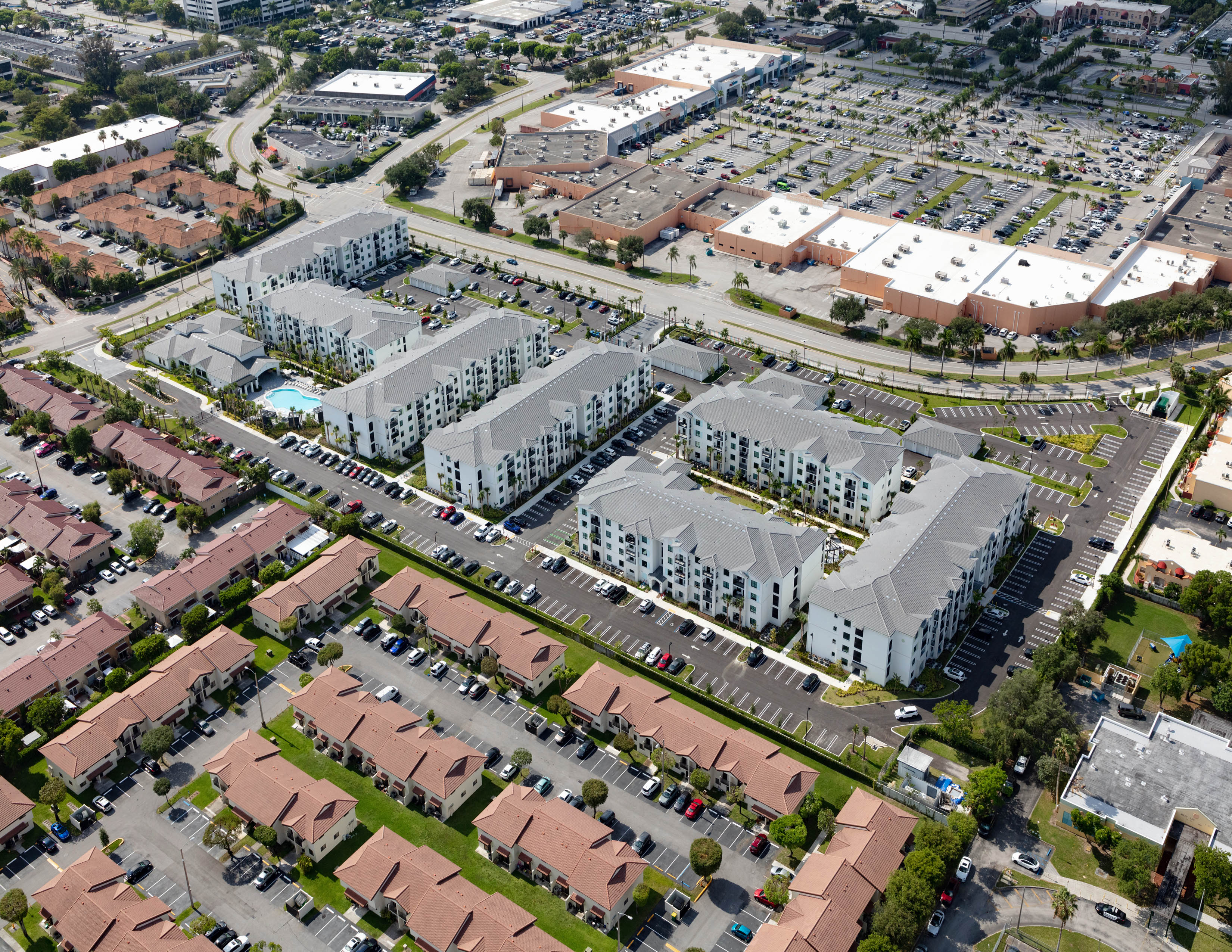Identifying Opportunities in the U.S. Real Estate Market

Welcome to Up Close with Carlyle, where we look at the investment landscape from a different point of view in each edition by sharing insights from executives across our firm. Subscribe here to be notified of future editions.
Robert Stuckey, Carlyle’s Head of U.S. Real Estate, shares his perspective in a Q&A on opportunities in current market conditions. He also unpacks trends that have emerged over the last decade that informed Carlyle’s strategic avoidance of the office, retail, and hotel sectors years prior to the onset of COVID-19.
With inflationary conditions and a possible recession, how has Carlyle’s U.S. Real Estate team adapted its approach?
Robert Stuckey: Our strategy remains focused on investments that consistently outpace inflation and provide some insulation to cyclical risk. Toward that end, we pursue assets that we believe offer an attractive value proposition within deep and growing demand pools, particularly those driven by demographic factors.
What are some of the key considerations for evaluating investment opportunities in real estate today?
Robert Stuckey: Over the past decade, we have applied a framework for evaluating each real estate sector, and it has led us to avoid investing in the office, retail, and hotel sectors.
Notably, Carlyle has not been active in the office, retail, and hotel sectors of the commercial real estate market since well before those sectors experienced a major downturn due to COVID-19. What dissuaded you from investing in those sectors?
Robert Stuckey: We have been skeptical of the office, retail, and hotel sectors for over a decade.
The office sector is highly cyclical and has suffered greatly during recessions. Additionally, operating margins are quite low, particularly when giving full effect to recurring capital expenditures; for example, office landlords are continuously investing to retain tenants. And for some time now, we have felt that technology has enabled different work patterns that negatively impact demand in the office sector. Those patterns were already emerging pre-COVID, and they were revealed and accelerated by the pandemic.
With respect to retail, while the sector has recently experienced a recovery from COVID, it is still affected by secular headwinds; for example, technology, in the form of e-commerce, shifts demand from brick-and-mortar retail to industrial fulfillment centers. For that reason, we continue to consider retail to be a sector that is subject to risk that is very difficult to price.
The hotel sector has recovered, yet it still experiences cyclicality. Additionally, operating margins in the hotel sector can be low, creating volatility, particularly during downturns.
Given all of this, how is Carlyle approaching the real estate market today? What opportunities are you most excited about as you look at the remainder of the year and into 2024?
Robert Stuckey: We continue to see opportunities in segments of the market that are under-served; specifically, the rental residential sectors, which are supported by the current housing deficit. Further, we believe rental properties benefit from an attractive value proposition relative to owning; hence, they are well-positioned to benefit from rent growth that reliably outpaces inflation. In addition to the four rental residential sectors, we see favorable opportunities in the industrial sector as e-commerce tailwinds continue to support above-normal levels of occupancy. We are also investing in self-storage, which is a demographic-driven sector, and in that sector, we have a focus on high barrier-to-entry markets.
Carlyle’s U.S. Real Estate team invests primarily in demographic-based sectors, targeting assets the firm believes offer compelling value propositions to deep and growing demand pools.